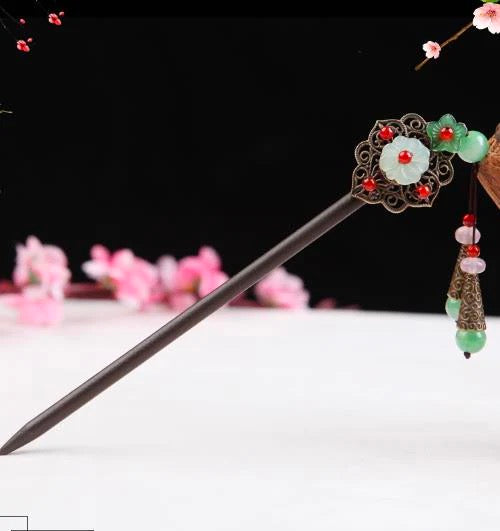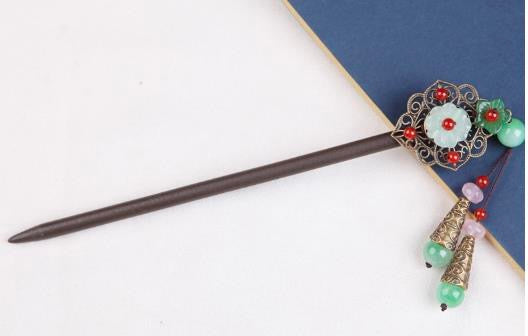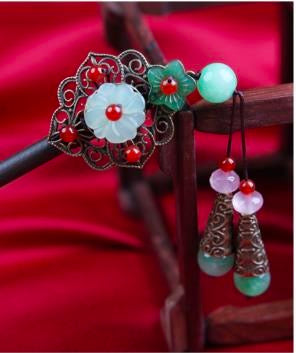Featured collection
-
5 Emperor Coin Ring-Sterling Silver(Attracting wealth)
Regular price From $46.99 USDRegular priceUnit price per -
Magnolia Hotan Jade Tassel Hairpin - Sterling Silver
Regular price $76.99 USDRegular priceUnit price per -
Guan Yu Pendant - Sterling Silver
Regular price From $126.99 USDRegular priceUnit price per -
Fu character Rotable Pendant - Sterling Silver
Regular price $123.99 USDRegular priceUnit price per -
Dragons Playing with Beads Wire Inlay Round Pendant - Sterling Silver
Regular price $96.99 USDRegular priceUnit price per
Collections
-
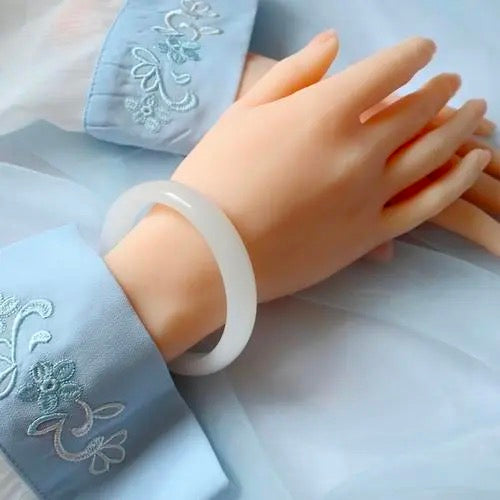
Traditional Chinese Bracelet
We offer Chinese-style Bracelets featuring traditional patterns such as dragons, pixiu, and...
-
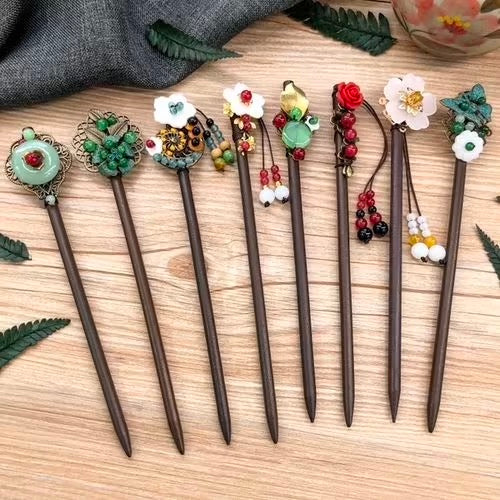
Traditional Chinese Hair Pins
Chinese hair sticks and pins are traditionally used to hold buns in...
-
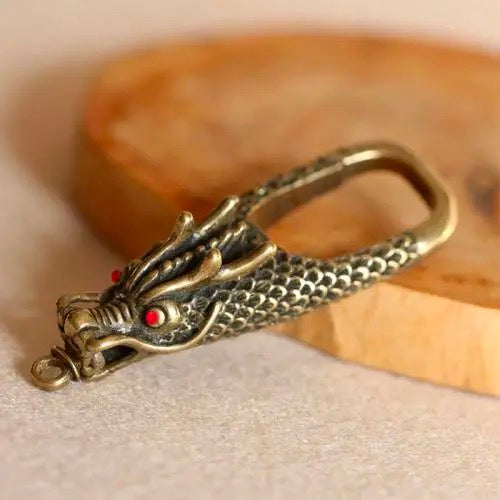
Traditional Chinese Keychain
We offer Chinese-style keychains featuring traditional patterns such as dragons, pixiu, and...
-
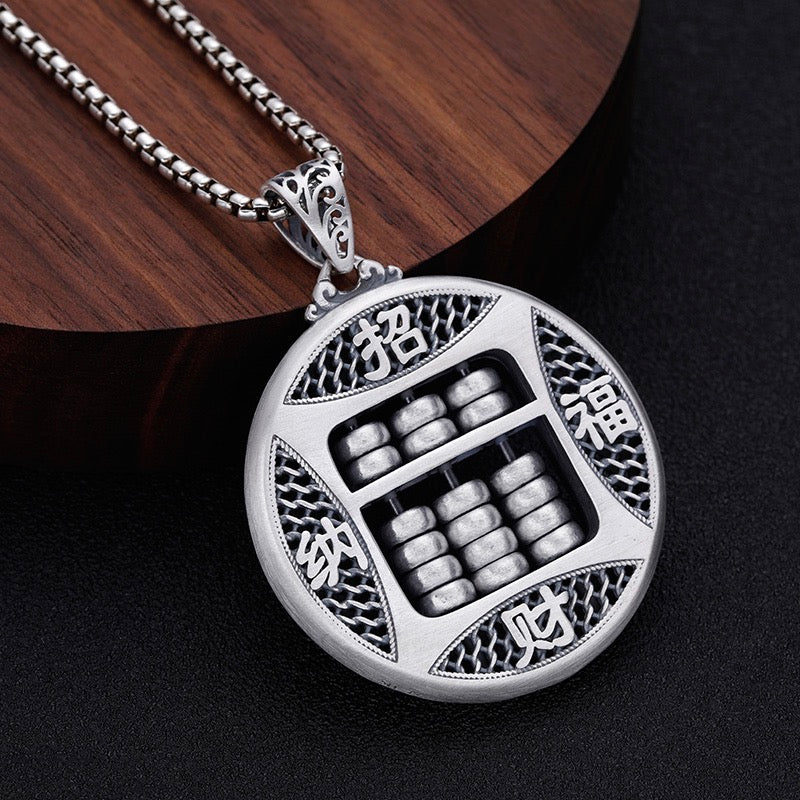
Traditional Chinese Pendant
We offer Chinese-style pendants with traditional designs such as dragons, pixiu, abacuses,...
-

Traditional Chinese Rings
We offer Chinese-style Rings featuring traditional patterns such as dragons, pixiu, and...














